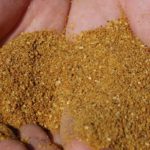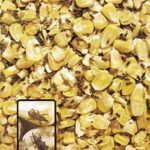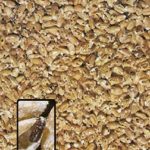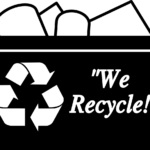Schaumburg, IL – Central Life Sciences, whose founders invented insect growth regulator (IGR) technology more than 45 years ago, announced the promotion of Tracy L. Harris III to Vice President of Sales for its professional brands.
In his expanded role, Harris will oversee the sales leadership responsibilities for the professional pest management, vector, livestock, farm and feed, grain storage and processing, turf and ornamental, and horticulture segments.
Read the Full Article: Grainnet FYI Contractor News Jan. 30, 2018




